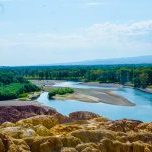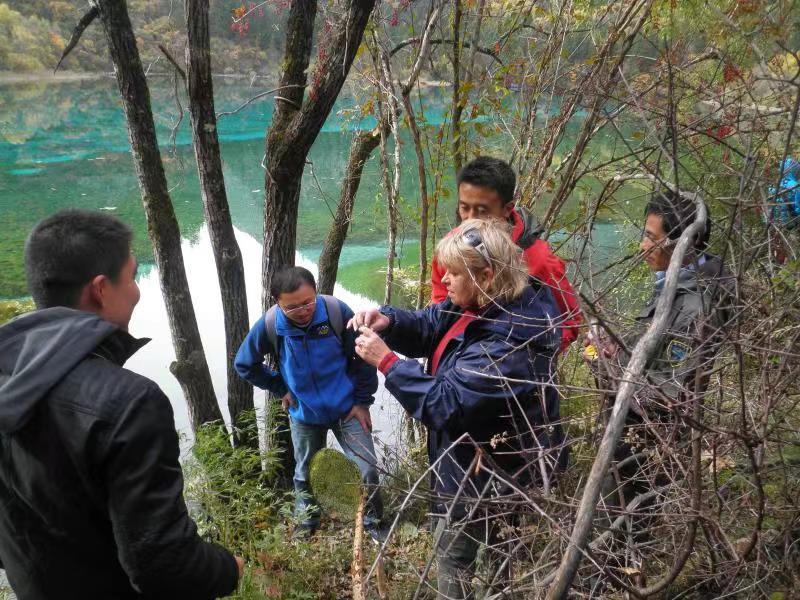By Xuefei Chen Axelsson
Stockholm, Feb.2 (CED) — Pursuit of Sustainability Excellence Connects Jiuzhaigou with Plitvice Lakes of Croatia.
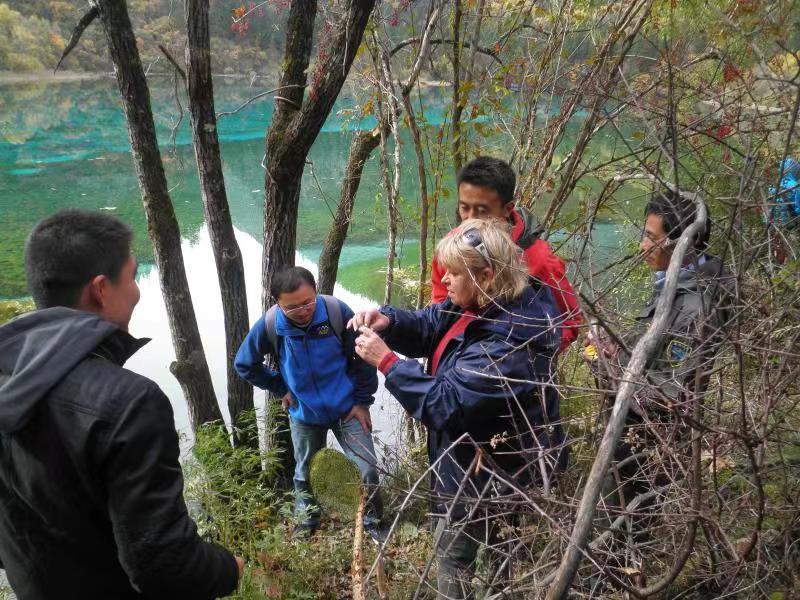
Jiuzhaigou is a tourism destination in both China and the world. The site was inscribed by UNESCO as a World Heritage Site in 1992 and a World Biosphere Reserve in 1997. The tourism area is classified as a AAAAA scenic area by the China National Tourism Administration. The park is also home to 3,634 species of plants and animals, including giant pandas and golden snub-nosed monkeys, winning the reputation of an “earthly paradise”.
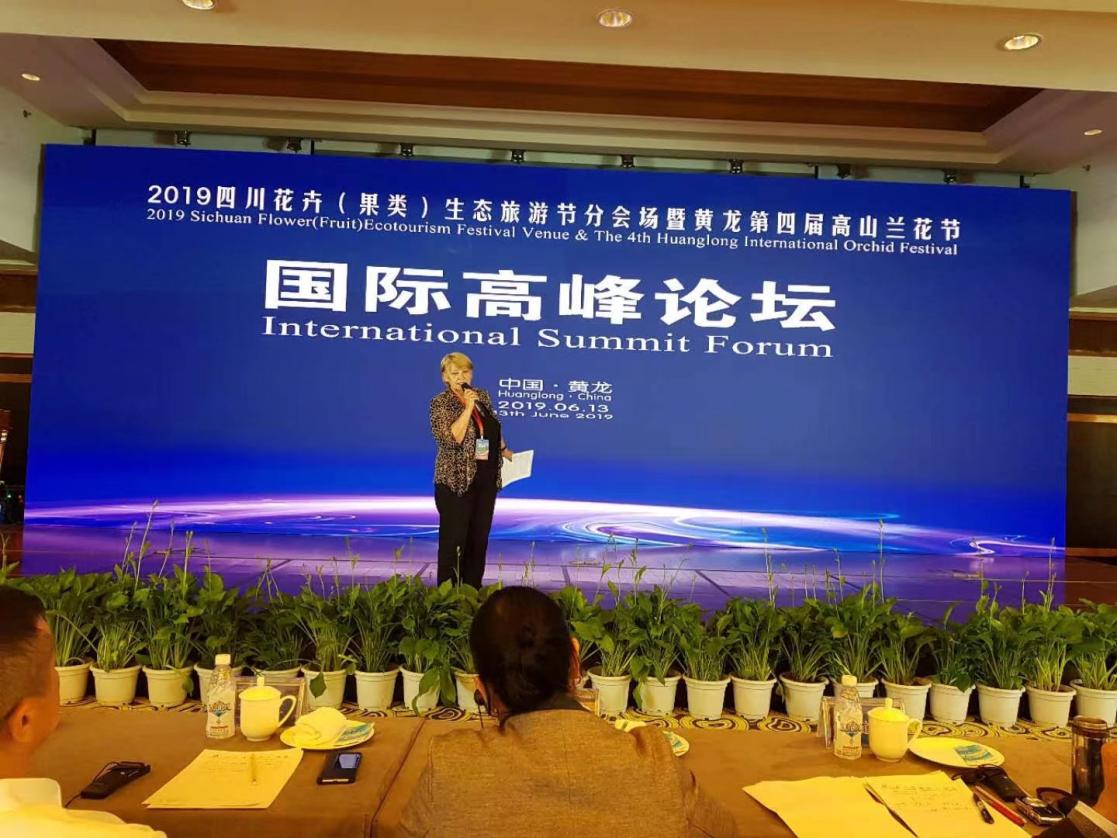
A key attraction of the picturesque Jiuzhaigou is its dozens of blue, green and turquoise-colored lakes. More intriguingly, the colours of these lakes can be changed in a second as a result of the reflection of sunlight and the different minerals in the water. The academic term of Jiuzhaigou’s geological landscape is called karst typology.
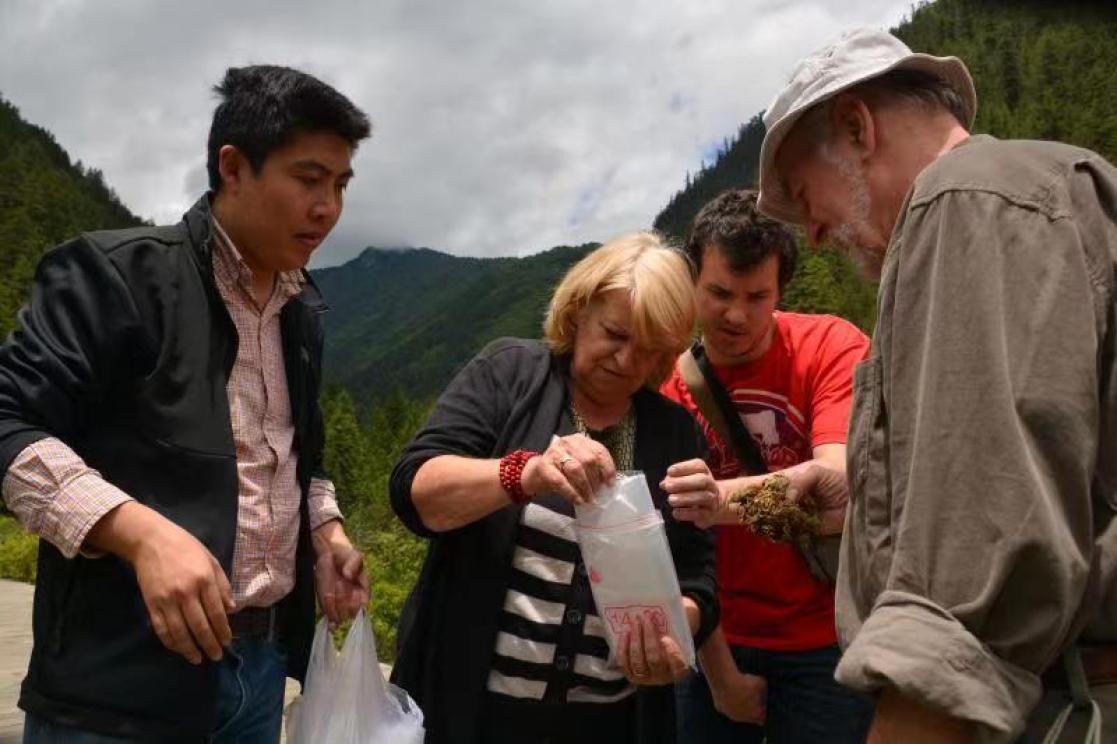
Amazingly there is another scenic spot in the world that has many similarities with Jiuzhaigou from geological attributes, natural heritage to all the challenges that comes with their soaring popularity among tourists.
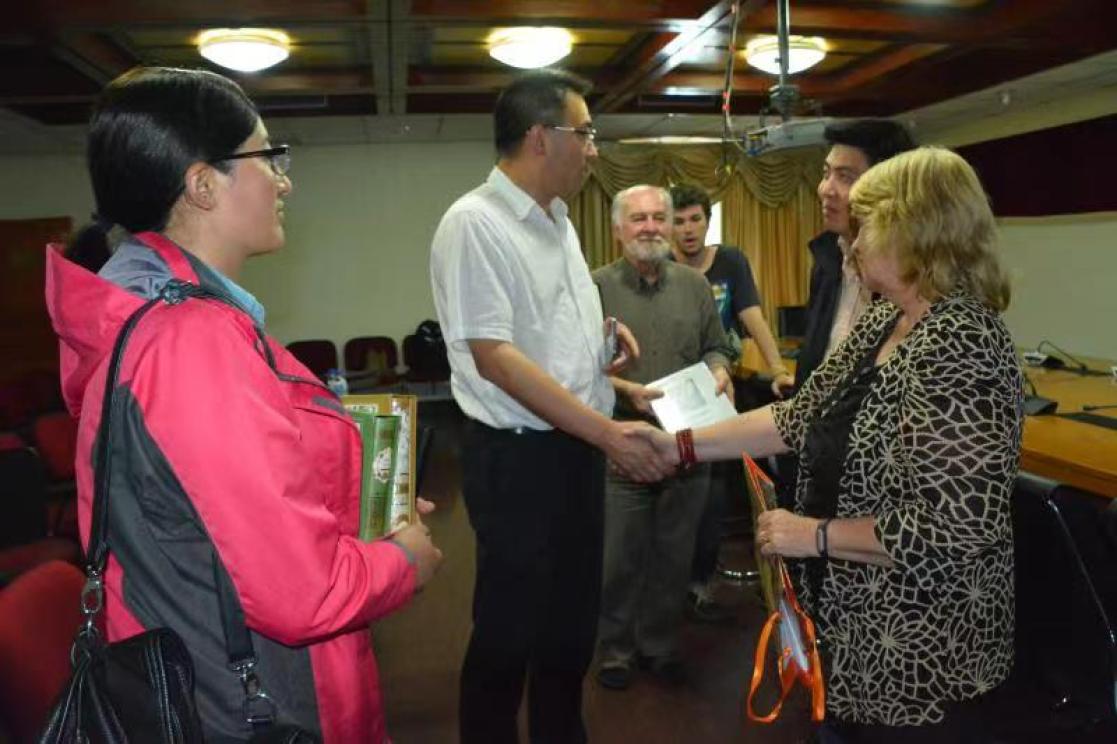
Plitvice Lakes is the oldest and largest national park in the Republic of Croatia. With its exceptional natural beauty, this area has always been attracting lots of nature lovers worldwide. The process of tufa formation, which results in the building of the tufa, or travertine, barriers and resulted in the creation of the lakes. The Plitvice Lakes were internationally recognised in 1979 with their inscription onto the UNESCO World Heritage List.

Plitvice Lakes is the oldest and largest national park in the Republic of Croatia. With its exceptional natural beauty, this area has always been attracting lots of nature lovers worldwide. The process of tufa formation, which results in the building of the tufa, or travertine, barriers and resulted in the creation of the lakes. The Plitvice Lakes were internationally recognised in 1979 with their inscription onto the UNESCO World Heritage List.
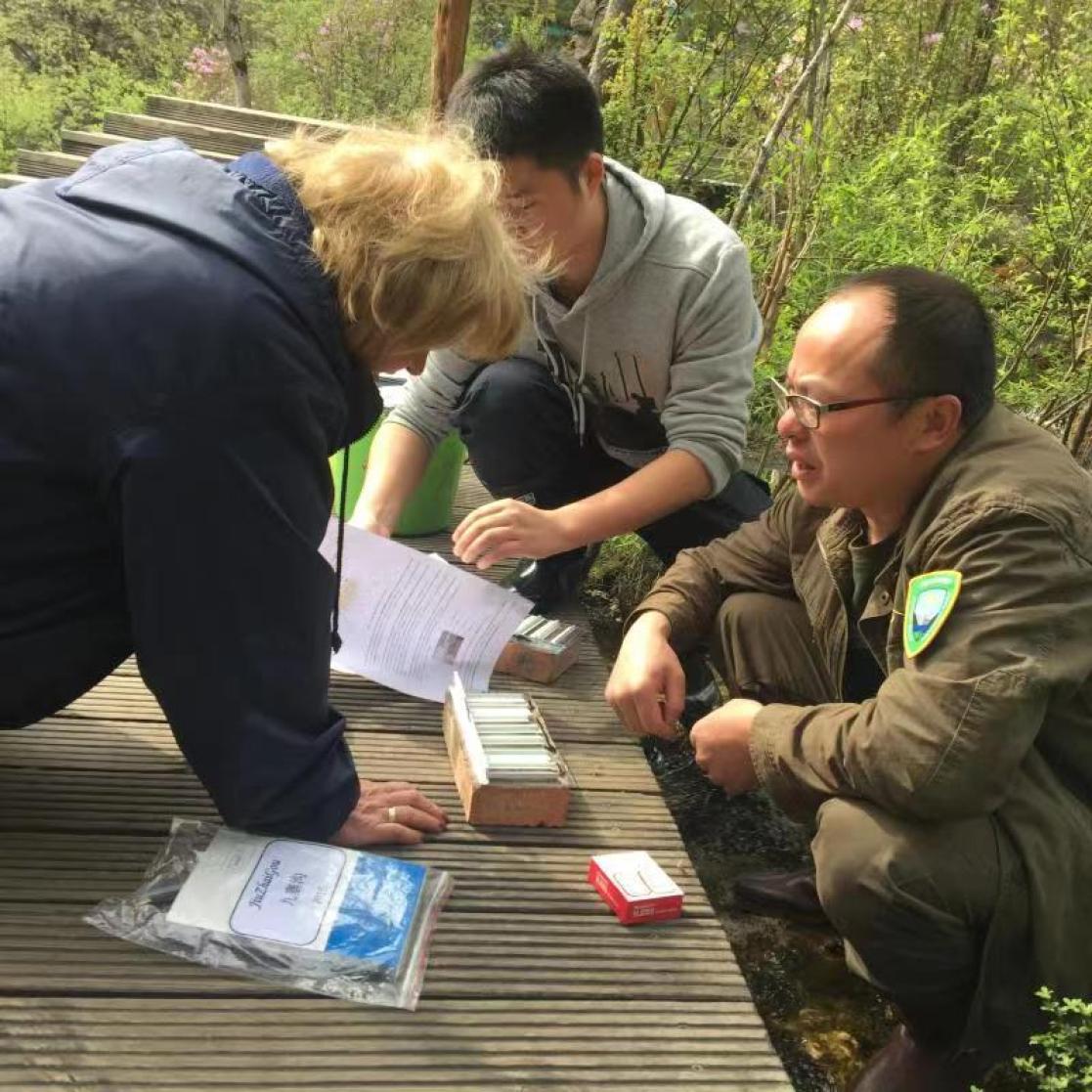
Both Plitvice Lakes and Jiuzhaigou enjoy a burgeoning tourism but also encountering the challenges of its negative by-products such as invasion of ecosystems and water pollution. Striking a balance between sustainable tourism and conservation of natural landscapes has always been a priority since the inception of the two parks.
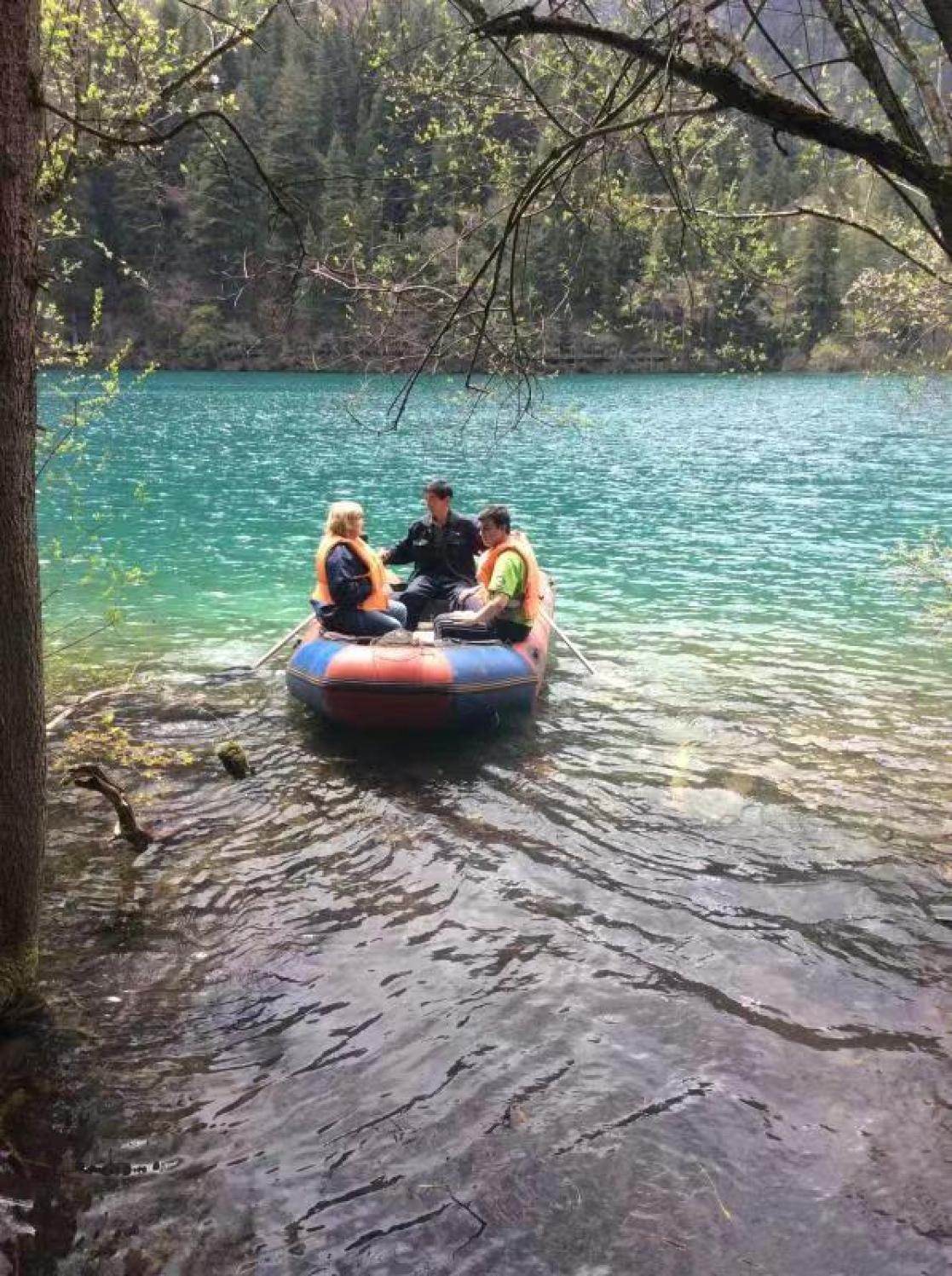
The ecology conservation efforts towards Jiuzhaigou are being spearheaded by the Chengdu Institute of Biology (CIB) of Chinese Academy of Sciences. In view that Plitvice Lakes has similar geographical attributes with Jiuzhaigou and has profound research experiences on water ecology, CIB has been actively working with the University of Zagreb which has been heavily involved in scientific works on Plitvice Lakes for more than four decades.
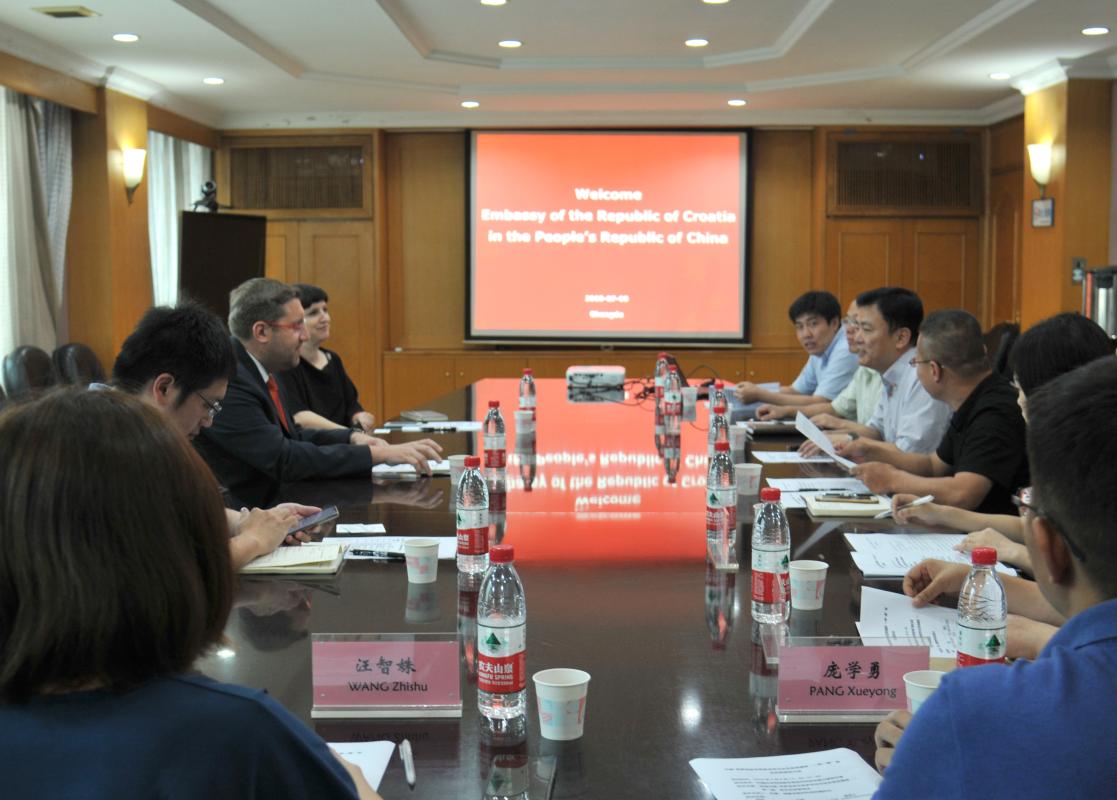
In 2011, a delegation of CIB went to Croatia to join the experts of the University of Zagreb to carry out a science research study on Plitvice Lakes for a joint Biodiversity and ecology comparative study.
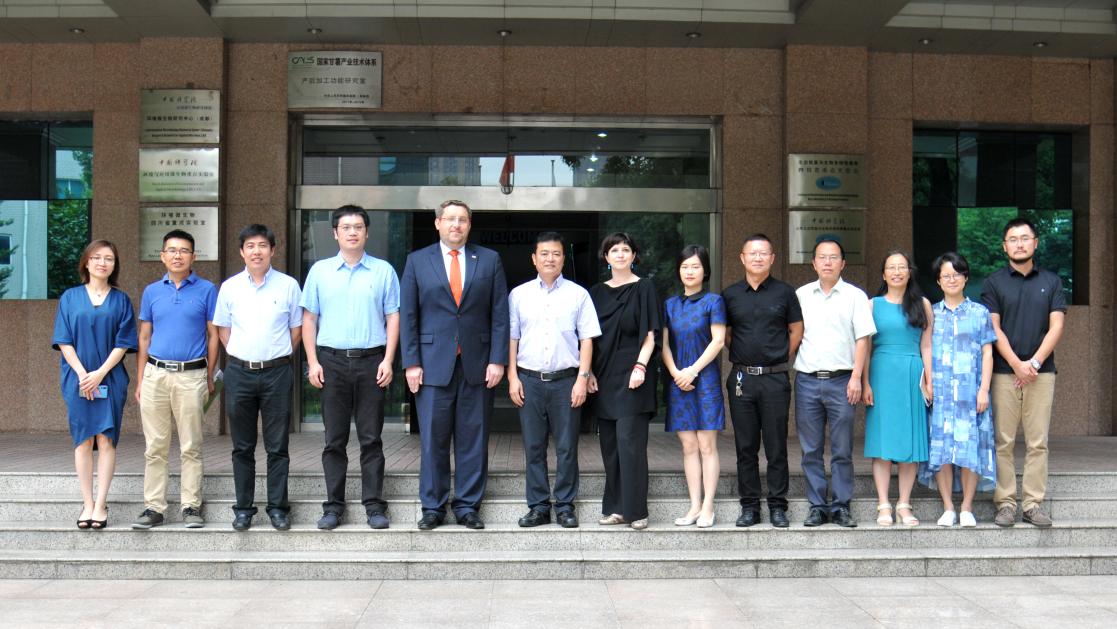
In 2014, a China – Croatia Ecological Preservation Research Center was jointly established by CIB, University of Zagreb, administrations of Jiuzhaigou and Plitvice Lakes national parks. The mandate of the research center is to encourage scientific co-operation for upholding sustainable development and well-being of the two national parks.

In 2017, a massive 7.0-magnitude earthquake struck Jiuzhaigou county, and the scenic area was closed due to damage. The China-Croatia Ecological Preservation Research Center had been actively involved in supporting the reconstruction and natural recovery works of Jiuzhaigou. For instance, the Chinese and European experts of the Center have conducted a scientific research and published a paper entitled “Effect of Post-earthquake restoration and reconstruction projects on heavy metal content in Jiuzhaigou World Natural Heritage Site”. The park gradually reopened to visitors starting March 2018.
In addition, the research center also has plans to expand the cooperation efforts to the Huanglong National Park and Krka National Park.
Building on the successful cooperation during the last decade, it was announced in September 2021 that a China-Croatia “Belt and Road” joint laboratory on biodiversity and ecosystem services Jiuzhaigou research base is going to be established. In addition, CIB and the University of Zagreb strived to share their joint works on tufa typology with the world by establishing a “World Alliance for Research and Conservation of Travertine/Tufa Natural Heritage”. An international symposium on the subject was organized in 2021.
Source: website of European Union, www.eeas.europa.eu
